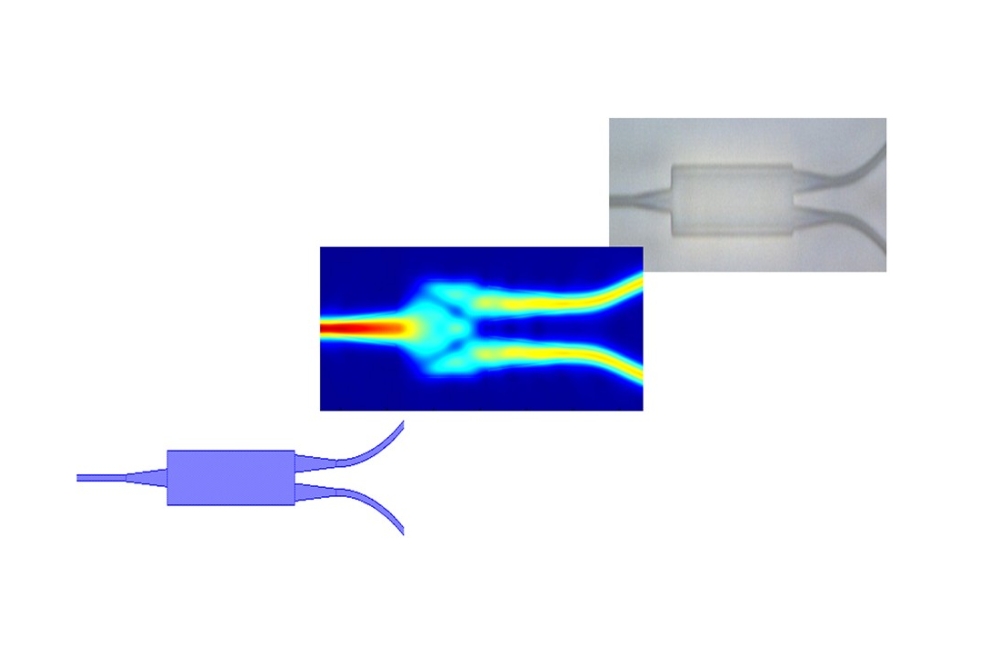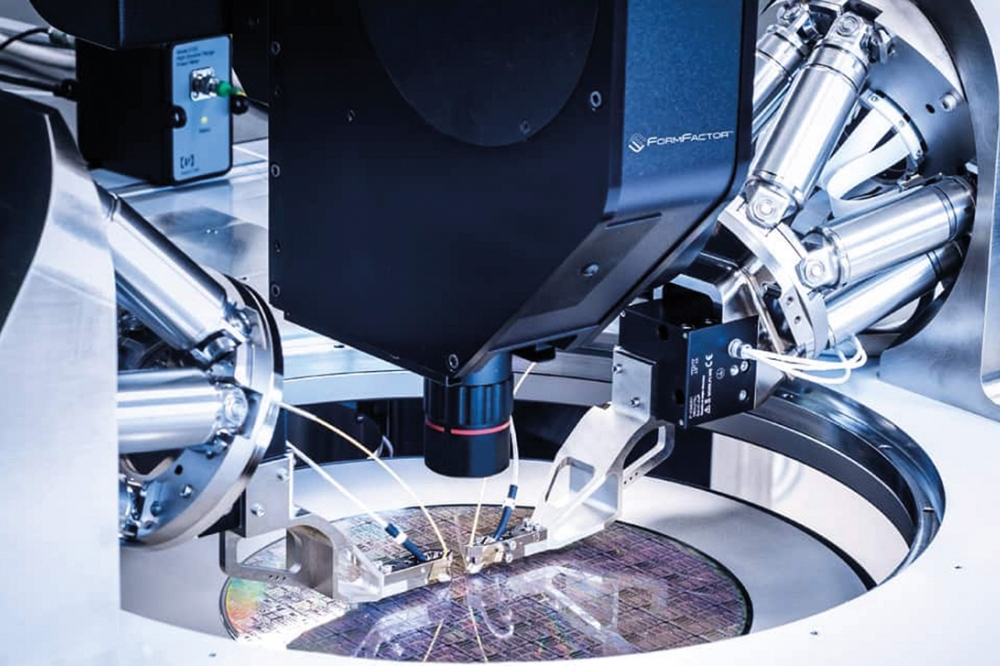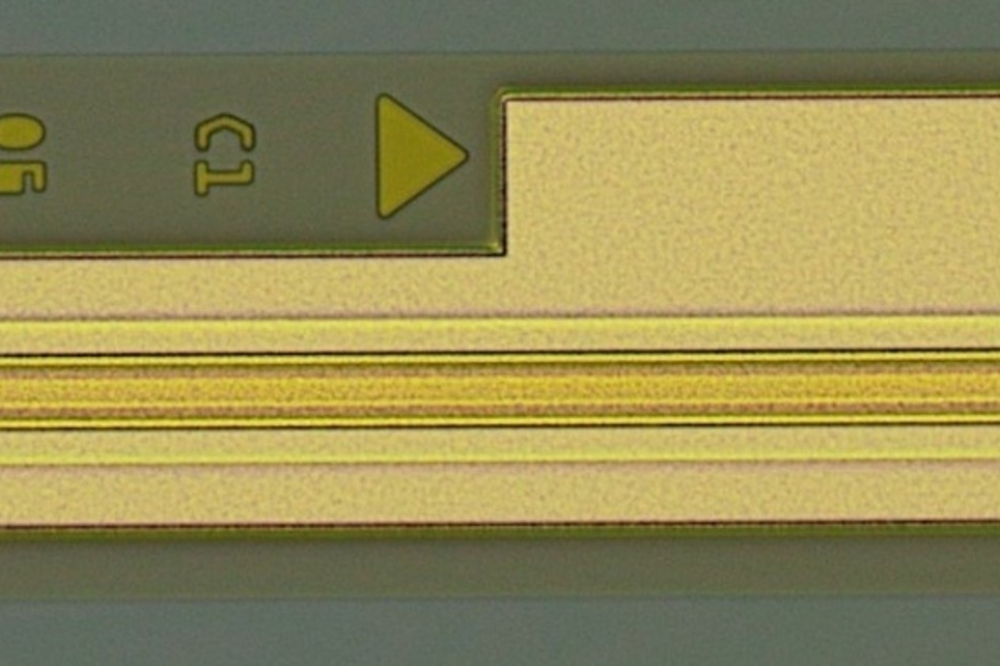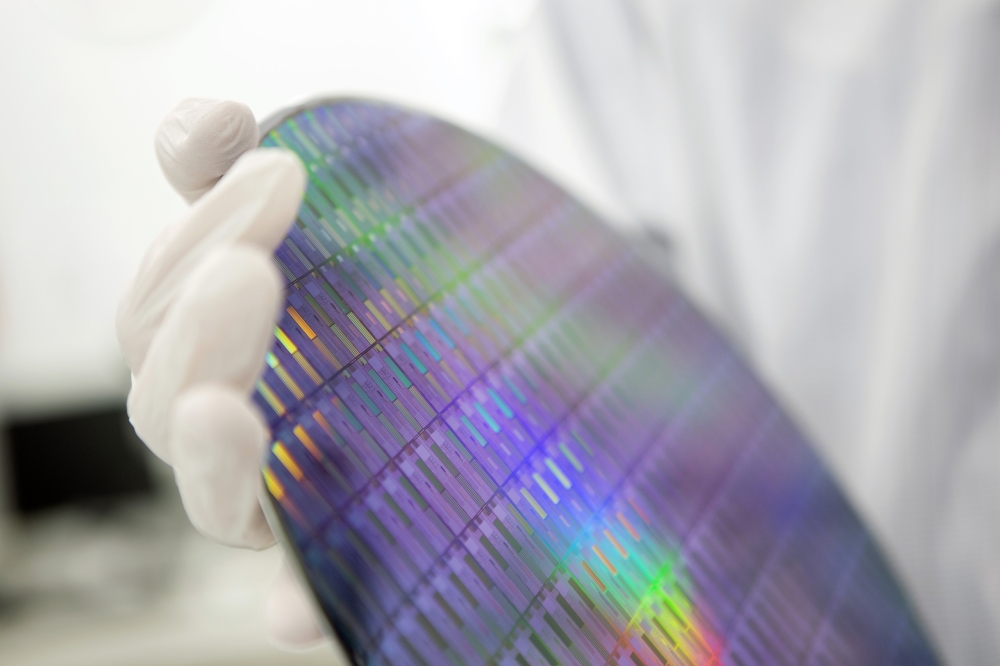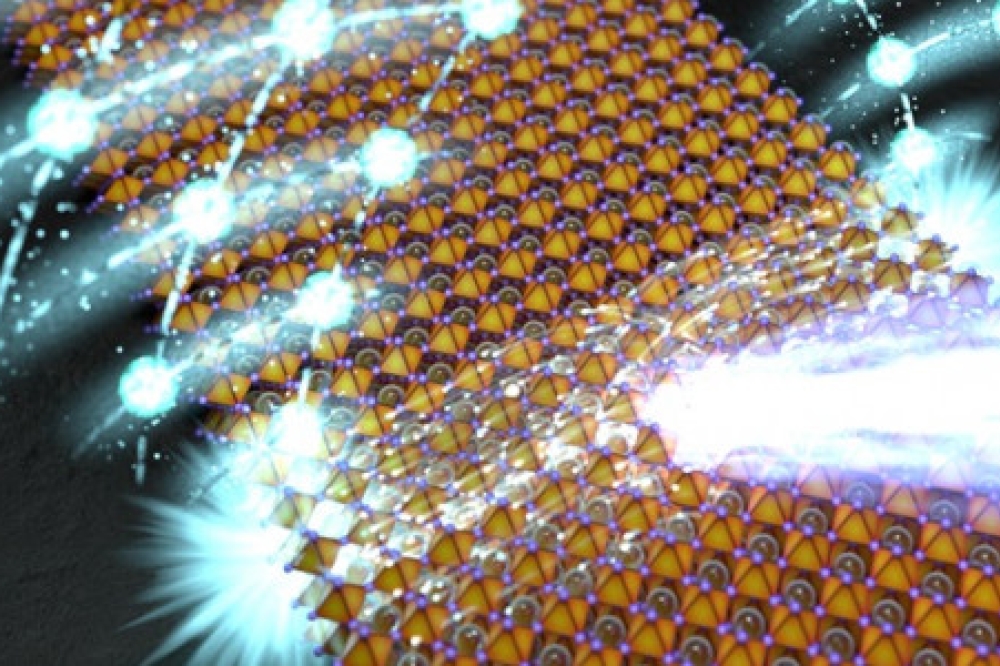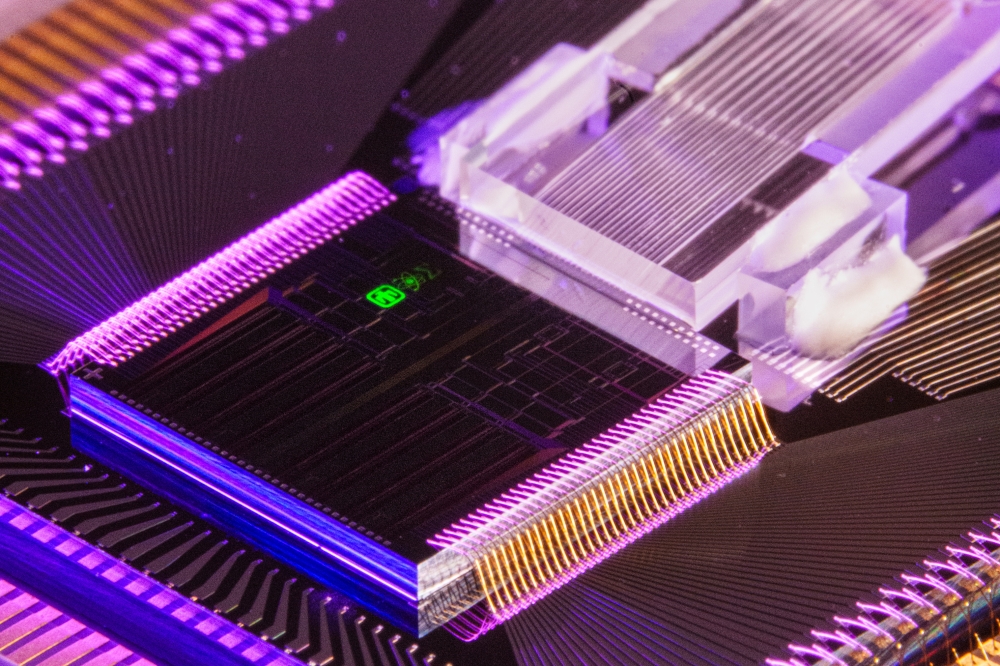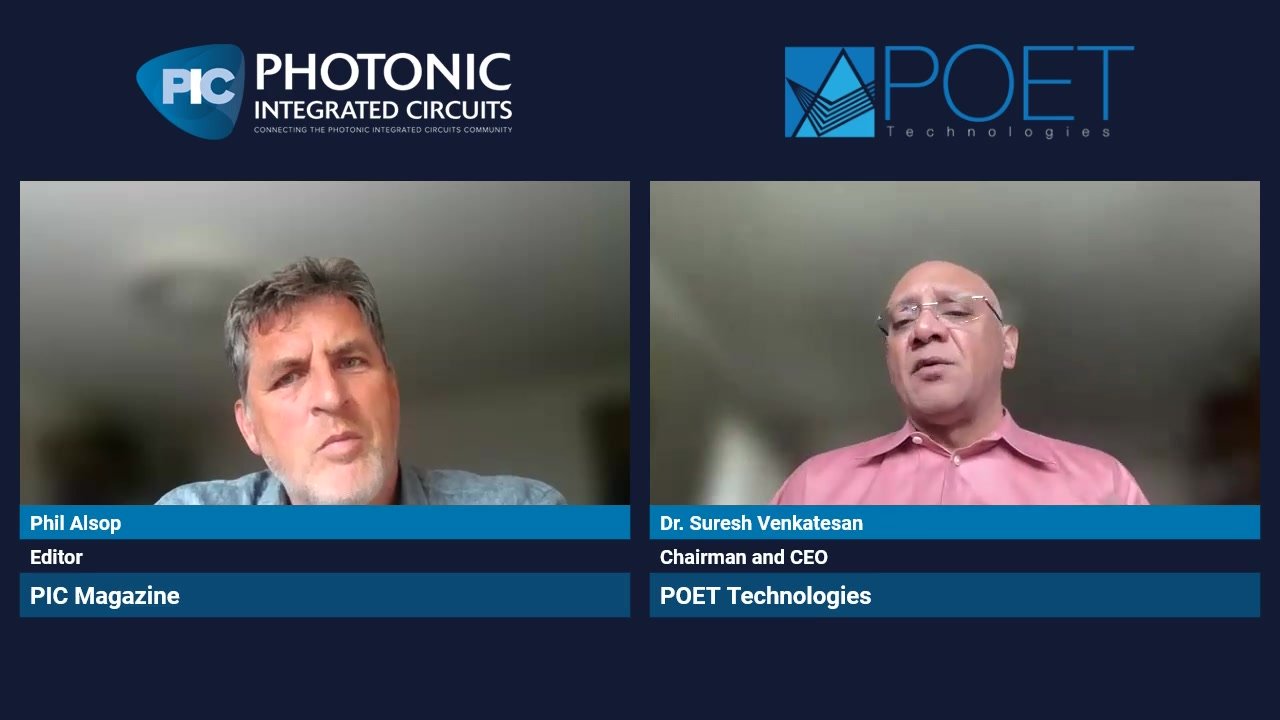Synopsys releases latest version of the RSoft Photonic Component Design Suite
Synopsys announced the latest release of its RSoft Photonic Component Design Suite, the company's software for the design of photonic devices and components used in optical communications, optoelectronics and semiconductor manufacturing. Version 2016.09 of the RSoft Photonic Component Design Suite improves the design of optical devices used in semiconductors, silicon photonics and LEDs/OLEDs, with simplified workflows, faster simulation performance and additional controls to customise analysis settings and meet evolving photonic application requirements.
Enhanced Interface with Sentaurus TCAD Products
The RSoft Photonic Component Design Suite delivers improved integration with Synopsys Sentaurus TCAD products to provide streamlined, multi-disciplinary simulations of complex optoelectronic devices such as silicon modulators and waveguide photodetectors. Sentaurus TCAD geometry can now be imported and utilised in both The RSoft CAD Environment product and photonic design tools such as the RSoft FullWAVE tool for finite-difference time-domain (FDTD) analysis, the BeamPROP tool for rapid analysis of silicon photonics devices and the DiffractMOD tool for diffractive optical structure analysis. In addition, RSoft photonic design tools are integrated into the Sentaurus Workbench for easy inclusion in a Sentaurus TCAD workflow. This allows designers to simulate silicon modulators, for example, by passing complex index profiles from Sentaurus Device to BeamPROP for optical simulation, or to simulate waveguide photodetectors by passing absorption profiles from FullWAVE to Sentaurus Device for electronic simulation.
"The interface between the Sentaurus TCAD products and the RSoft products bridges the electronic and photonic domains to provide designers with state-of-the-art electro-optical processing and simulation solutions," said George Bayz, vice president and general manager of Synopsys' Optical Solutions Group. "Designers can apply faster, unified workflows to develop and optimise superior semiconductor technologies using RSoft optical simulations together with Sentaurus fabrication and electrical simulations."
Faster Performance and Custom Analysis
RSoft Photonic Component Design Suite 2016.09 also enables faster simulations and provides additional ways to customise photonic device analysis with enhancements that include:
- Advanced meshing controls for FullWAVE that can improve simulation efficiency in applications such as silicon photonics, LEDs and OLEDs. Improvements include custom control of grid parameters in specific materials and regions, the ability to set the grid size on a points-per-wavelength (PPW) basis in materials and an option to set the number of perfectly matched layer (PML) boundary points directly.
- Improved graphene model with support for anisotropic behavior, improved accuracy for temperature dependence and more flexible model coefficients. Graphene is a promising new material choice for nanoscale electro-optic devices such as modulators and detectors.
- Improved DiffractMOD performance, including faster convergence with harmonics in some cases, as well as more consistent conventions to support faster design and analysis of periodic structures.














